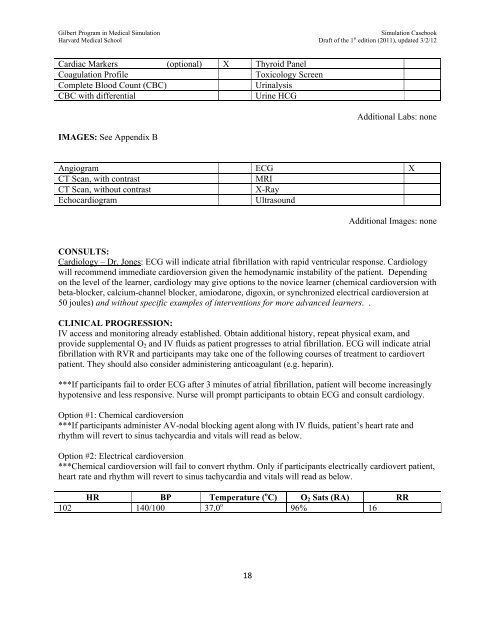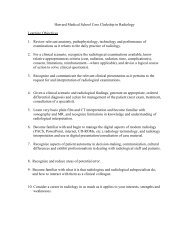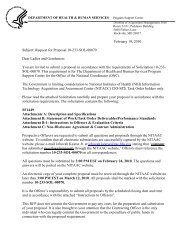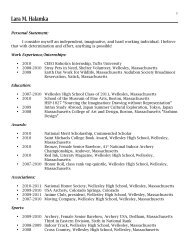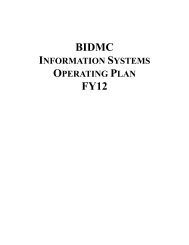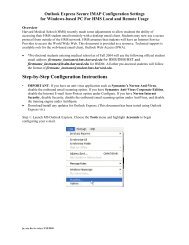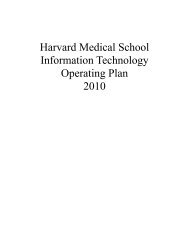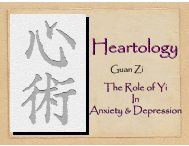SIMULATION CASEBOOK - MyCourses
SIMULATION CASEBOOK - MyCourses
SIMULATION CASEBOOK - MyCourses
Create successful ePaper yourself
Turn your PDF publications into a flip-book with our unique Google optimized e-Paper software.
Gilbert Program in Medical Simulation<br />
Simulation Casebook<br />
Harvard Medical School Draft of the 1 st edition (2011), updated 3/2/12<br />
Cardiac Markers (optional) X Thyroid Panel<br />
Coagulation Profile<br />
Toxicology Screen<br />
Complete Blood Count (CBC)<br />
Urinalysis<br />
CBC with differential<br />
Urine HCG<br />
Additional Labs: none<br />
IMAGES: See Appendix B<br />
Angiogram ECG X<br />
CT Scan, with contrast<br />
MRI<br />
CT Scan, without contrast<br />
X-Ray<br />
Echocardiogram<br />
Ultrasound<br />
Additional Images: none<br />
CONSULTS:<br />
Cardiology – Dr. Jones: ECG will indicate atrial fibrillation with rapid ventricular response. Cardiology<br />
will recommend immediate cardioversion given the hemodynamic instability of the patient. Depending<br />
on the level of the learner, cardiology may give options to the novice learner (chemical cardioversion with<br />
beta-blocker, calcium-channel blocker, amiodarone, digoxin, or synchronized electrical cardioversion at<br />
50 joules) and without specific examples of interventions for more advanced learners. .<br />
CLINICAL PROGRESSION:<br />
IV access and monitoring already established. Obtain additional history, repeat physical exam, and<br />
provide supplemental O 2 and IV fluids as patient progresses to atrial fibrillation. ECG will indicate atrial<br />
fibrillation with RVR and participants may take one of the following courses of treatment to cardiovert<br />
patient. They should also consider administering anticoagulant (e.g. heparin).<br />
***If participants fail to order ECG after 3 minutes of atrial fibrillation, patient will become increasingly<br />
hypotensive and less responsive. Nurse will prompt participants to obtain ECG and consult cardiology.<br />
Option #1: Chemical cardioversion<br />
***If participants administer AV-nodal blocking agent along with IV fluids, patient’s heart rate and<br />
rhythm will revert to sinus tachycardia and vitals will read as below.<br />
Option #2: Electrical cardioversion<br />
***Chemical cardioversion will fail to convert rhythm. Only if participants electrically cardiovert patient,<br />
heart rate and rhythm will revert to sinus tachycardia and vitals will read as below.<br />
HR BP Temperature ( o C) O 2 Sats (RA) RR<br />
102 140/100 37.0 o 96% 16<br />
18


